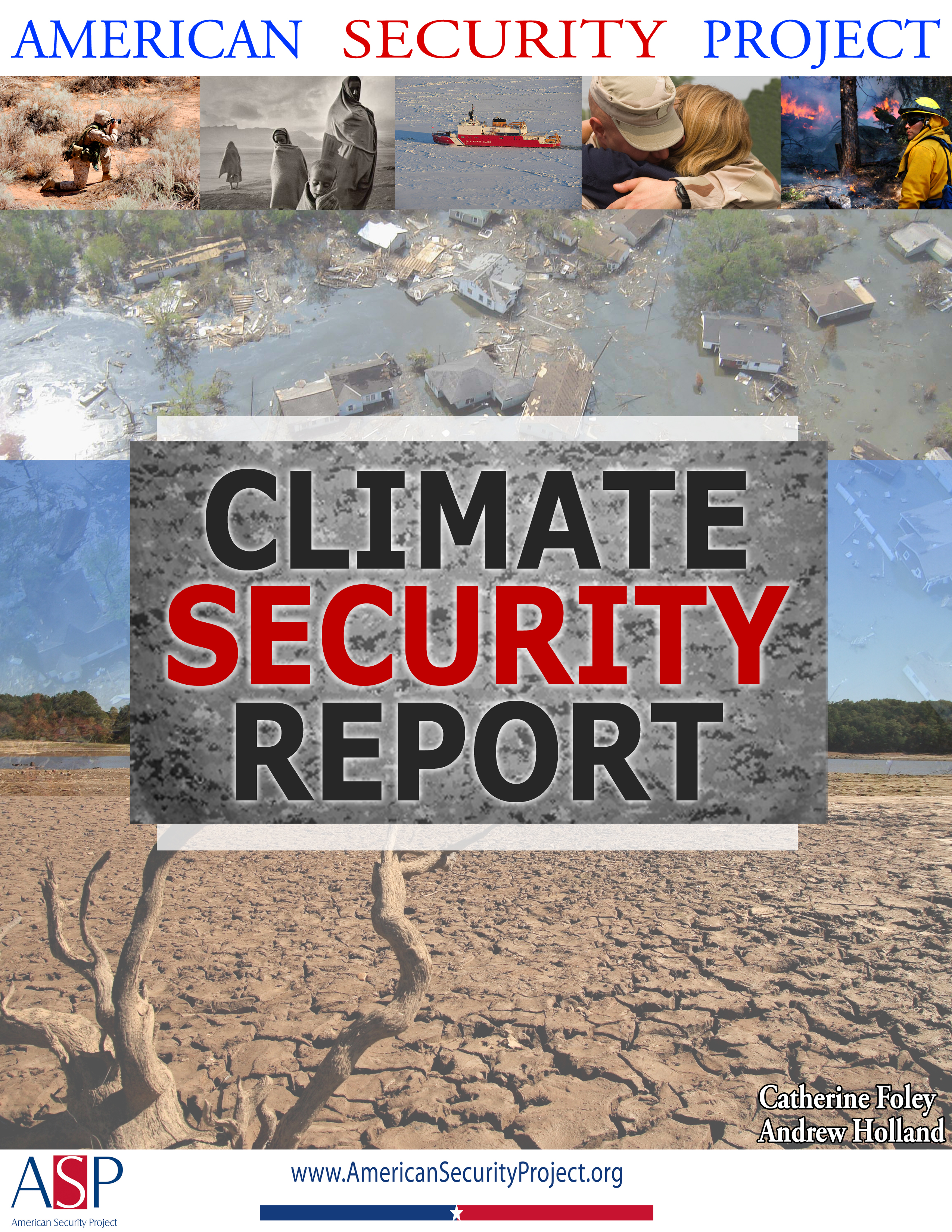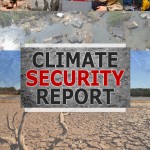
CSR – PART ONE: CLIMATE CHANGE & SECURITY
 Climate change is real: we see its impacts every day, around the world. A melting Arctic, unprecedented droughts across the world, extreme examples of flooding, and uncontrollable wildfires are all examples of the changing climate.
Climate change is real: we see its impacts every day, around the world. A melting Arctic, unprecedented droughts across the world, extreme examples of flooding, and uncontrollable wildfires are all examples of the changing climate.
These present a greater challenge than just new and different weather patterns: it will challenge the world’s security architecture to prepare for and adapt to new security challenges, like disaster response, food security, and water availability.
In Brief
- The climate influences people’s everyday lives, from what they eat to where they live.
- Changes in the climate are becoming more identifiable every year: the Earth is warming at a faster rate than ever before and humans have played a major role in the change
- Although there are political arguments questioning the science, they do not hold up under close examination.
- Climate change will affect different regions in different ways.
- Environmental threats blur traditional notion of national security: secure states do not automatically mean secure peoples and climate change is proving that.
- Climate change, food security, water security and communicable diseases are examples of such non-traditional threats that require non-traditional responses.
- The U.S. must be resilient to potential large-scale variations in weather that will affect not only our country but our economic and physical security.
- Climate change is a risk to global security because it increases vulnerability in infrastructure, agriculture, energy and other economic factors.
See other Sections of report here
Climate Security Report: Part One Climate Change and Security








[…] CSR – Part One: Climate Change and Security […]
[…] CSR – PART ONE: CLIMATE CHANGE & SECURITY […]
[…] To read more about ASP’s work on the link between climate change and national security, click here. […]